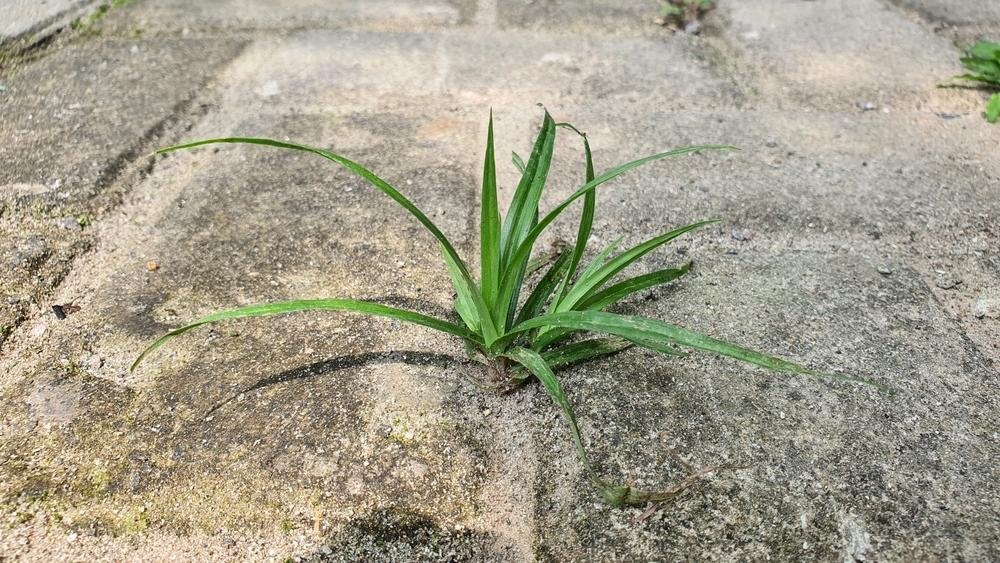What Happens if Weeds Grow in Your New Landscape?

You’ve invested time, money, and effort into creating the perfect landscape. Perhaps you envisioned a vibrant garden, lush green lawns, and perfectly manicured flowerbeds. But what happens when weeds start creeping in? This blog post will explore the hidden costs and consequences of weeds in your new landscape. You’ll learn why it’s vital to control weeds, how they affect your garden, and practical tips for keeping them at bay.
Why Weeds are More Than Just an Eyesore
Weeds might seem harmless, but they actively compete with your plants for essential resources like sunlight, water, and nutrients. When weeds take over your garden, your desirable plants suffer. They may grow slower, appear less vibrant, or even die because they can’t get what they need.
Weeds can also impact the soil’s health. Many weeds have extensive root systems that can alter the soil structure, making it more challenging for other plants to establish themselves. Some weeds even release chemicals that inhibit the growth of surrounding plants, making it near impossible for your desired vegetation to thrive.
Weeds can attract pests and serve as hosts for diseases. Insects like aphids and mites often hide in weed patches before moving on to your prized plants. Additionally, weeds can harbor fungal spores and bacteria that spread diseases, harming your entire garden.
The Financial Burden of Weed Infestation
Weed infestations require more maintenance. You’ll need to spend additional money on herbicides, mulches, and other weed control methods. Over time, these costs can add up, making garden upkeep far more expensive than initially planned.
A well-maintained landscape can significantly boost your property value. Conversely, a garden overrun with weeds can reduce curb appeal and, consequently, your property’s market value. Homebuyers often view a neglected landscape as a sign of overall property neglect.
Weeds can kill or severely damage your plants. Replacing these plants adds another layer of expense. High-quality, mature plants aren’t cheap, and the labor involved in replanting can also be costly.
The Ecological Impact of Weeds
Weeds often outcompete native species, disrupting local ecosystems. When invasive weeds take over, they can choke out indigenous plants, leading to reduced biodiversity. This affects not just plants but also the animals that rely on those native species for food and habitat.
Certain types of weeds can exacerbate soil erosion. Their shallow root systems don’t hold the soil as effectively as more deeply-rooted native plants. This can lead to severe erosion problems, harming the landscape and nearby waterways.
Weeds can also affect water quality. Runoff from gardens with heavy weed infestations often carries more soil and contaminants into local water sources. This can degrade the quality of rivers, lakes, and reservoirs, impacting both human and animal populations.
Identifying Common Weeds
Dandelions are easily identifiable by their bright yellow flowers and fluffy seed heads. While some people appreciate them for their aesthetic value, they spread rapidly and can quickly take over your garden if not controlled.
Crabgrass is a common lawn weed that thrives in bare spots and compacted soil. It spreads quickly through seeds and can be challenging to eradicate once established.
Clover is another weed that can take over lawns and garden beds. Though it’s often considered less harmful than other weeds, it still competes for resources and can upset the balance of your landscape.
Effective Weed Control Methods
Mulching is one of the most effective ways to control weeds. A thick layer of organic mulch can smother weed seeds and prevent them from germinating. It also helps retain soil moisture and adds nutrients as it decomposes.
Sometimes, the best way to control weeds is through manual removal. Pulling weeds by hand ensures that you remove the entire root system, making it less likely that the weed will return. This method is labor-intensive but effective.
Herbicides can be an effective way to control weeds, especially in large areas. However, it’s crucial to use them responsibly. Always follow the manufacturer’s instructions and consider the impact on non-target plants and animals.
Preventative Measures
Proper plant spacing can help reduce weed growth. Plants that are spaced too far apart leave gaps for weeds to exploit. Closer planting can create a canopy that shades the soil, making it harder for weeds to germinate.
Regular maintenance is vital for keeping weeds at bay. This includes regular watering, fertilizing, and pruning. Keeping your garden in good condition makes it less hospitable to weeds.
Healthy soil is less prone to weed infestations. Regularly adding organic matter, such as compost, can improve soil structure and fertility, making it more difficult for weeds to establish themselves.
Early Detection and Prevention
Weeds can seem like a minor inconvenience, but their impact on your landscape is far-reaching. From competing for resources to attracting pests and diseases, the hidden costs of weeds are significant. By implementing effective weed control methods and regular maintenance, you can protect your investment and enjoy a beautiful, healthy garden. Remember, early detection and prevention are key. If you’re unsure where to start, consider consulting with a professional. Your landscape is worth the effort.
